As I’ve mentioned in the past, I have an eBay alert setup for any time the word ‘CompuTrainer’ is listed within a description on eBay. While I’m not really in the market for a 3rd CompuTrainer, I’m always entertained by the eBay listings, so I just let it be and continue to alert me daily.
So back three weeks ago I was somewhat confused when I saw the following pop-up in my e-mail alert:
Based on my fairly in depth knowledge of the CompuTrainer’s of the past decade, I didn’t have any clue what this doohickey was. The posting included very little information about the actual ‘trainer’, such as how to use it, or really any other details. It simply noted it was from 1976.
After a bit more time with the oracle of Google, I found a sum total of two photos of this device…and one patent application. The problem was the patent application covered some pre-production ideas, and didn’t actually have any likeness to the final product. But it was cool to look at. The closest thing I could find was this single diagram (yes…that’s the maximum resolution I could find):
Though, later I’d find a Flickr album with a few more photos of it on a bike, but none in use. Though, none of this would deter me…I wanted to check this baby out.
So, I tossed out an initial bid of about $11 and waited a couple days. Given this was the origins of the CompuTrainer, I figured it was probably worth a few Chipotle burritos in cash.
By time the auction closed it was up to $28, plus $10 shipping and handling. Certainly seemed like a good deal to me. But then again, I was never very good at predicting prices on those antique shows. Before I knew it…I had shipping confirmation in my e-mail and it was on the way to me.
When it arrived, I pulled it out and admired it – The Racermate 1976 Wind Trainer:
A device of metallic beauty:
What you essentially have is a few key pieces. On the left side (above, turned towards the camera) is the piece that unscrews and hooks onto your seat post.
While on the right you have the two fans that generate force as the wheel rotates. This in turn acts like a propeller and pushes down onto the tire.
So how does it all fit onto the bike?
Well…not terribly well, with today’s bike’s anyways.
First off – any carbon seat posts that are shaped such as those on a time trial bike are immediately out. This eliminated half of the house’s bikes right there. I then moved onto my road bike. But the seat was too high, and resulted in the locking system not making it to my seat post:
I then tried out a mountain bike, without luck – same basic seat post issue.
So I was down to one bike left: The Girl’s older tri bike. This would be a hail-mary of sorts, as after that I’d have to go around the neighborhood and find someone with a bike that would actually work with this thing. Thankfully, I was in luck and with a bit of creativity, I had it installed:
The trick with the Wind Generator is to get enough tightness on the locking system so that it doesn’t move laterally, but still moves vertically with wind-generated force.
So, with everything all set, I did a couple of test revolutions before calling down The Girl to get pedaling.
I should note that while it’s sitting on a trainer stand, the rear wheel is fully elevated off the ground. Based on the diagrams I could find, in the actual trainer stand from 1976, it’s basically the same concept with the rear wheel simply being held above the ground.
Of course, once she came down the stairs I had to get her past the fact that I had doubled the capacity of the trainer room in a matter of 15 minutes.
But, once that detail was settled out, it was on to the trainer she went. Now, because I know you guys want to hear how this thing sounds, I’ve put up this brief little video.

1976 Wind Trainer–from Racermate Inc, the makers of the CompuTrainer
The biggest thing you notice is that the faster the wheel speed, more pressure is applied towards the wheel – similar to how a resistance unit works on a normal trainer.
However, based on our playing around with it – the overall resistance is nowhere near what a modern day trainer can provide.
That said, no modern day trainer has this totally cool spinning thing precariously mounted on top of the wheel. So, it’s a compromise between coolness (tons of awesome factor) and usefulness (no awesomeness factor). I can say this thing is a keeper, it’s just gonna go back in the box for another decade and a half, where I’ll bring it back out when it’s 50 years old. Hopefully the seat posts haven’t changed even more by then…
FOUND THIS POST USEFUL? SUPPORT THE SITE!
Hopefully, you found this post useful. The website is really a labor of love, so please consider becoming a DC RAINMAKER Supporter. This gets you an ad-free experience, and access to our (mostly) bi-monthly behind-the-scenes video series of “Shed Talkin’”.
Support DCRainMaker - Shop on Amazon
Otherwise, perhaps consider using the below link if shopping on Amazon. As an Amazon Associate, I earn from qualifying purchases. It doesn’t cost you anything extra, but your purchases help support this website a lot. It could simply be buying toilet paper, or this pizza oven we use and love.



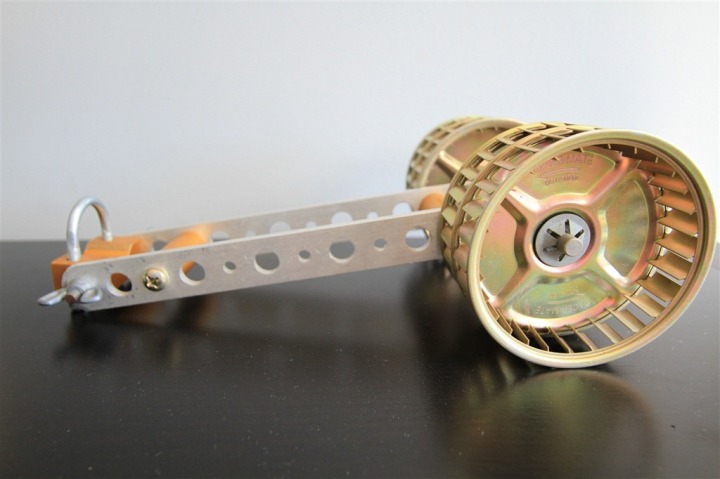
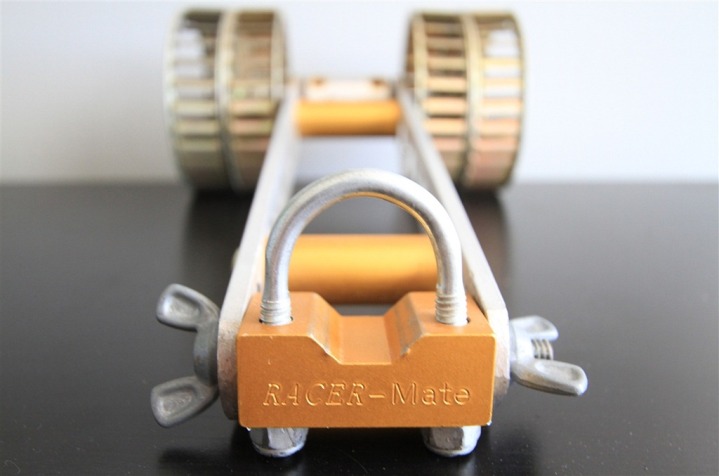
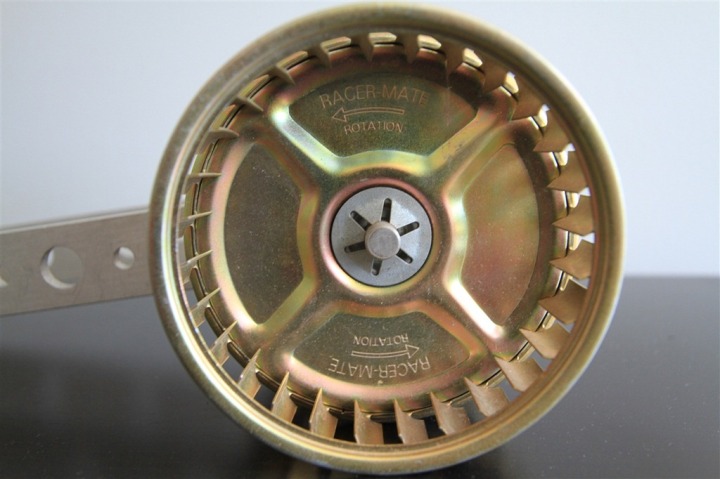

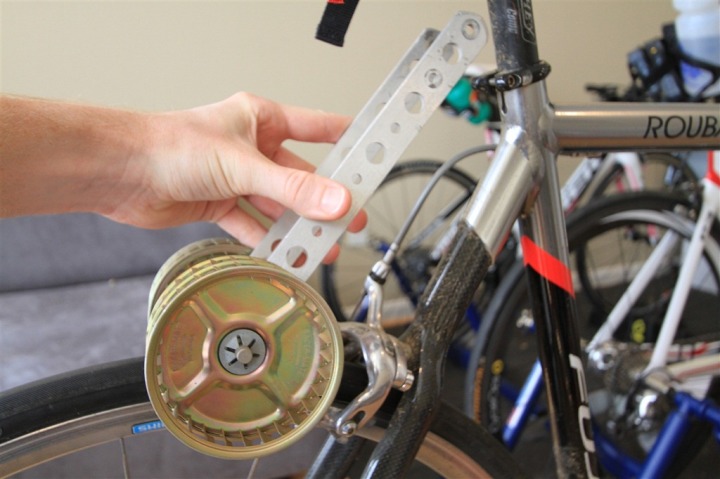
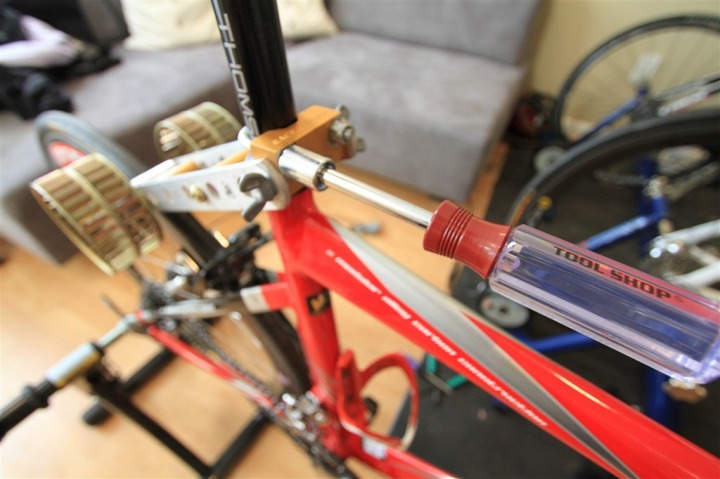
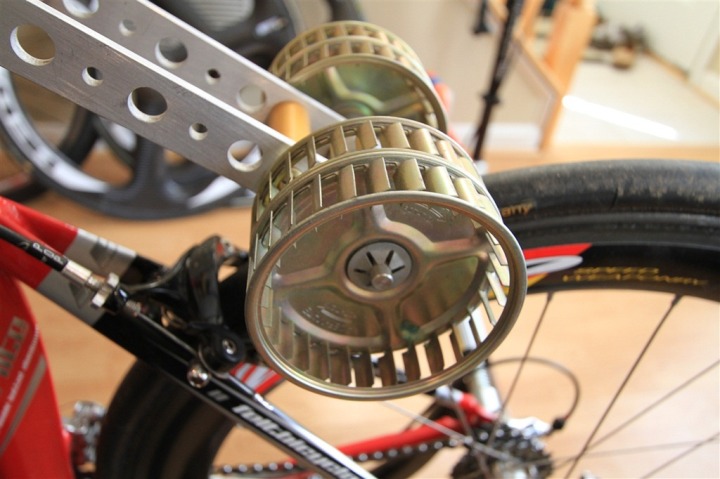
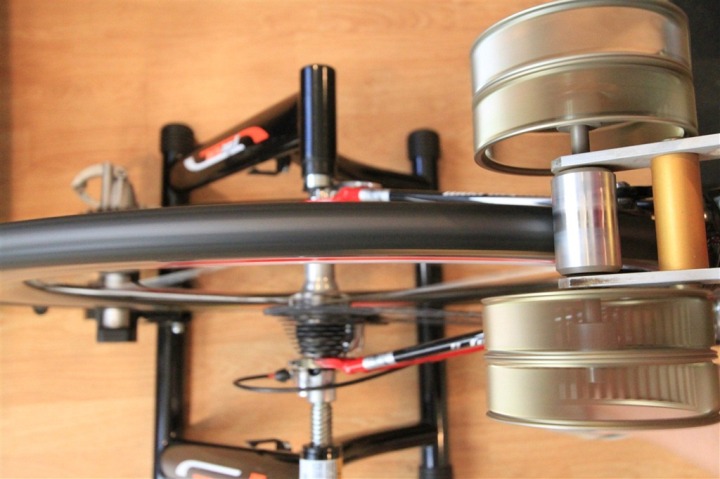
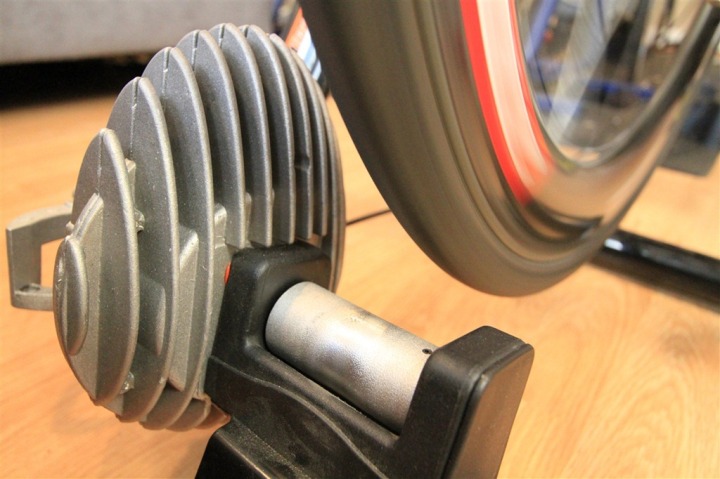

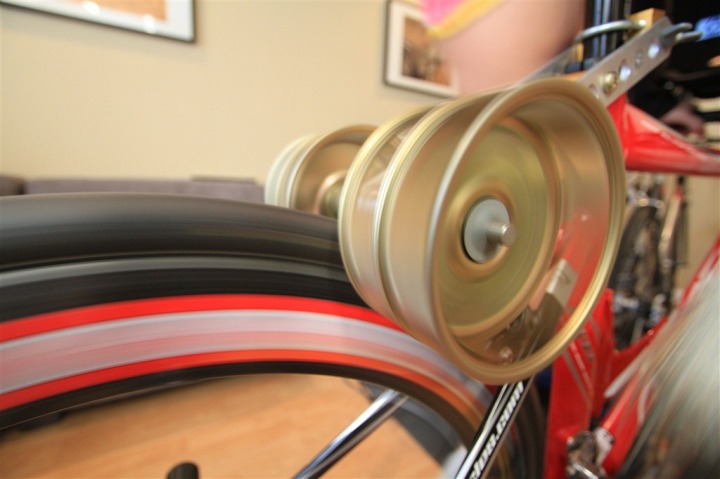
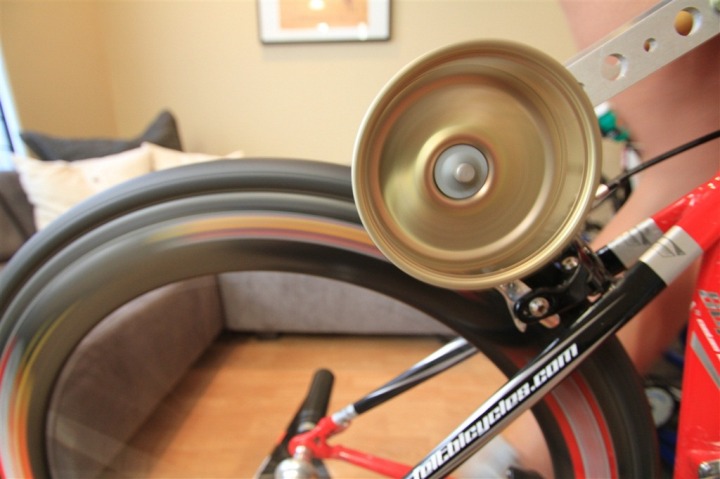

















I think you could even have a spin around the block aith one of these on the bike? Do a hill workout on a flat course…
Erector sets made this possible. Right? I saw that and all I could think of was that.
That looks like it would have been useful on rollers, which had almost no resistance. Kids and their trainers today will never know what’s like to crash on their trainer!
1. I think it’s beautiful.
2. What’s anon talking about? My rollers have tons of resistance.
How cool. Wonder how this matches up with the traditional dynamo-kit used to power the slightly illuminated area directly in front of my bike from almost the same time period.
Totally awesome. Love it.
What if you set this up on your bike on normal road rides? Liek Baruch said, it would add more resistance to your daily rides giving some resistance to your daily rides…
Awesome! I used one of these all the way into the ’90s to train on my rollers (old school steel rollers of course). They were definitely a trick to set up, and easily damaged too.
Pretty Sweet setup. Definitely kills the aerodynamics of a modern bike.
> However, based on our playing around with it – the overall resistance is nowhere near what a modern day trainer can provide.
BUT, you can always us it to add additional resistance to your current trainer or ride if you’re feeling like a man :)
I can send you the original length rails for that, if you want them. Can replace the bearings, shaft, fans. Still have other parts too. The rails were made to be cut off if you needed to to clear the seat.
That is the original Windload Simulator and was very popular in-the-day and could in-fact be used on the road, but would wear out the roller pretty quickly with all the little rocks you picked up.
Long dead before the time of the Internet – hence little that the oracle or Google could find.
Actually, it follows the exact same load curve as riding a bike on a level road at speed (AKA windo-load). No more that that, but the faster you go, the more load it makes.
Those came with a rubber strap that was perforated like a belt. It came with a hook that attached to the brake bridge of older frames. The other end of that same piece was also a hook of sorts that after you threaded the belt around one of the “bars” above the roller. That is how resistance was applied. It could apply alot of resistance or a little depending on how felt that day. I loved mine when I was using it.
This is the gold standard of wind trainers. Yes it is noisy but the action of the fans is to pull down the unit onto the tire- hence no slipping. I used one when it first came out and went on to my best year ever in racing. Maybe I’ll surf eBay for one now :)
I still own one of these, complete with the bike stand and the rubber strap that holds the resistance wheel tight against the tire. After 37 years (mostly in storage) the rubber strap has dried and cracked, but could probably be replaced with a bungie cord. Back in the late 1970s I tried using it in an apartment, and it made so much noise that the neighbor on the floor below complained!
The bottom bracket of the bike rests on the stand in order to elevate the rear wheel, and the front fork is also clamped in the stand. You can get adequate resistance with this thing, and the increase in resistance with increasing rpm feels just like riding on the road. Because the rear skewer is not used to elevate the rear wheel, you might even be able to use this trainer on a bike with an internally geared rear hub.
Mark, is it for sale?
I’ve got one of these trainers too and it is still in use. Very well made.
It does have a rubber strap to pull it towards the wheel. The photos here indicate the aluminum sides rails have been cut down several inches and that is why there was difficulty mounting the unit. Mine has seven of the large holes visible from the wind generating fan so it is much longer and easy to mount on just about any kind of bike.
As you can guess, I’ve been riding for more years than I want to say. I even have the granddaddy of all bike computers the Pacer 2000 made by Veltec.
Neal , is it for sale?
Sorry, I gave it away last year. I’m now trying to find a home for my Pacer 2000 bike computer. This was the first bike computer ever made.
As others have mentioned, the elastic strap was key to holding the unit on the wheel and assembly was somewhat cumbersome. My band eventually disintegrated and I replaced the unit with a more convenient fork-mount stand wind trainer. While my Racer-Mate is, I believe, long gone, I kept the literature.
Here’s one look.
And here’s another!
Went for a power workout today in my 1985 Eddy Merckx, Corsa Record group, Cinelli rollers and Racermate. So many memories!!! Such a good ride!
Nice post